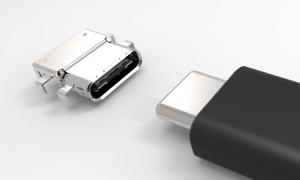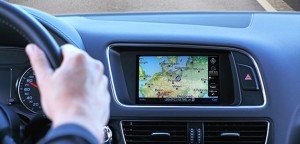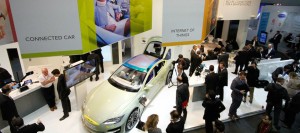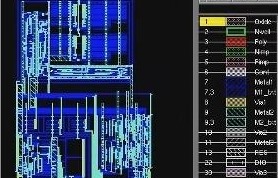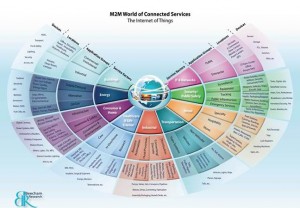Could a USB connector support 4K high definition video? This is what the industry intends and a new look USB connector is likely to start appearing in PCs, TVs and mobiles over the next year.
The Type-C connector, as it is called, is expected to take over from the micro USB as the standard connector for multi-gigabit USB 3.0 interfaces.
What do USB Type-C connectors offer over the Type-A and Type-B USB connectors we are all so familiar with?
It will support the 10Gbit/s data rates which will make it a practical alternative to today’s HDMI connectors on your television.
The connector’s 32-pins can be configured to support higher speed video data standards such DisplayPort, MHL, and Thunderbolt. This is referred to as “alternate mode” Type-C.
Significantly, the Type-C connector in alt mode will support 4K video as defined in the USB 3.1 standard.
USB has made its name by being a power connector as well as a data interface. The new connector extends the power capabilities. The maximum power rating is 100W.
But it also supports bi-directional power flow to allow a device to either source or sink power.
It also supports simultaneous power and data transfer.
Type-C connectors also offer scalable power ranging from 5.0V at 0.5A for handheld devices up to 20V at 5.0A for fast charge.
The big change to the mechanical design of the Type-C connector is its reversible plug orientation and cable direction.
Type-C needs new USB transceivers, filters and interface devices and the first ICs are appearing on the market.
One of the first Type-C controller/driver packages comes from NXP Semiconductors, and others are likely to follow very soon.
The important Type-C devices are: the USB3 re-drivers, ESD protection and filtering devices, USB PD PHY, authentication, load switches and high speed switches.
The PC and mobile industry, including Apple, seems to think the redesign of the USB connector interface is necessary and worthwhile to support the growing hunger for high speed data transfers to mobile devices.

